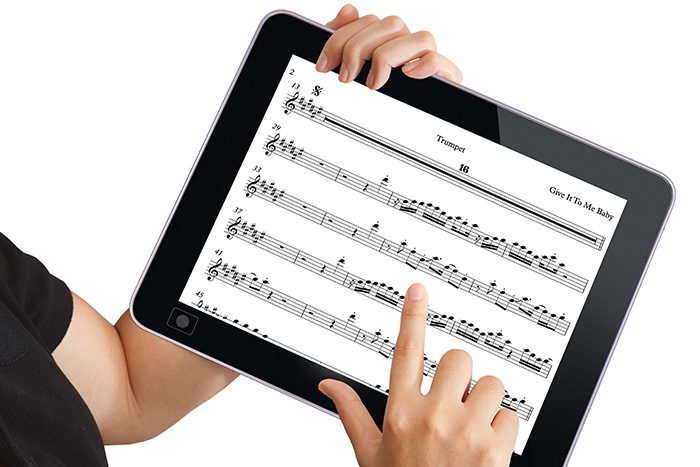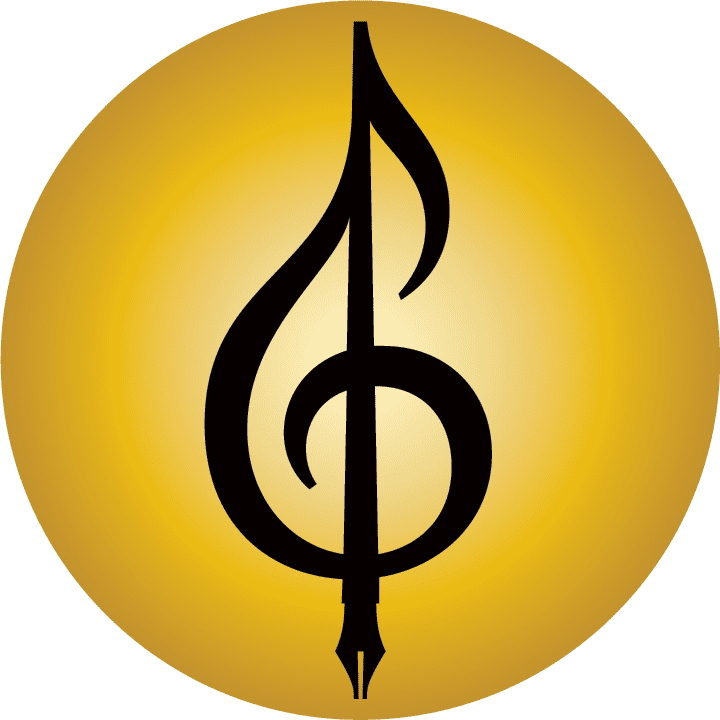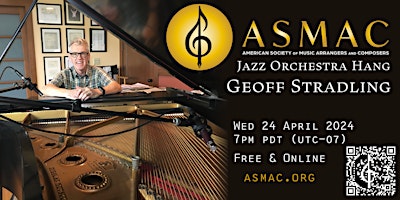
It is becoming quite common in recent years for bands to forgo the traditional music folder in favor of iPads for reading charts. There are many advantages to this approach.
1. This eliminates the large, heavy boxes of music folders that traditionally had to be carted to the bandstand.
2. There is no risk of songs being lost. All of the parts are uploaded to the cloud (DropBox) so that each band member can load his/her parts onto their own tablet.
3. A large library with hundreds of songs becomes easily searchable, dramatically cutting down on stage time lost to finding the next song.
With all of these advances, it is surprising that (in my experience) the music is often prepared in the same way as it would for print.
As any good composer or arranger will tell you, good music preparation leads to better music performance. You need to be aware of the added challenges of copying sheet music for the LCD screen verses printing to paper.
Page turns are extremely important. Most musicians do not travel with a foot-pedal to turn pages on their tablet. Instead, turning a page is done by touching the screen. For this reason it is important to have a multi-measure rest before or after any page turn.
Below I have provided two versions of a trumpet part that I have recently prepared for the Rick James song “Give It to Me Baby.” This first version has been prepared for print. The song fits nicely on 2 pages. This part would be taped and the pages displayed next to each other on a music stand. This would not be ideal for tablet reading for several reasons.
Click here to view: PRINT version (PDF)
1. There is barely enough time for the page turn.
2. The DS requires going back a page. Although this doesn’t seem like a huge problem because of 16-bar rest, it causes confusion during performance.
3. Because of the DS, the performer needs to make the un-optimal, forward page turn twice!
Now, take a look at the same part re-copied for the tablet screen. This first page of the part only has 3 systems. (Remember, this doesn’t waste any paper because this part will never be printed.) The second page has both the DS and the sign. This allows the performer to read his/her music comfortably, without frantic page turns. The last page has an 8 measure multi-rest at the top.
Click here to view TABLET version (PDF)
A few more tips:
1. The standard (most common) iPad’s screen is significantly smaller than a sheet of 8.5 by 11. I frequently increase the staff size in Sibelius to make the music as readable as possible.
2. Most of the normal rules for music copying should be followed. Make sure that your system-breaks line up with the phrasing. This means that you will usually want to have 4 measures per line, and no more than 10 systems per page. Double bars should (usually) come at the end of the system, and rehearsal marks at the beginning. The coda should start its own system, and there should be a visual separation from the preceding system.
3. Experiment with preparing parts on a landscape page (similar the a marching band lyre). The music can be viewed on a standard iPad, turned sideways, and the notes will be large enough to easily sight-read.
Good luck and welcome to the future of reading music!
Written by Elliot Deutsch, ASMAC Board of Directors
Elliot Deutsch is a Los Angeles based composer, arranger and trumpeter. He has written arrangements for Arturo Sandoval, John Clayton, Jane Monheit, and Take 6. Since February, Deutsch has played with the corporate event band “That Vibe,” reading their charts off of a small iPad screen.



